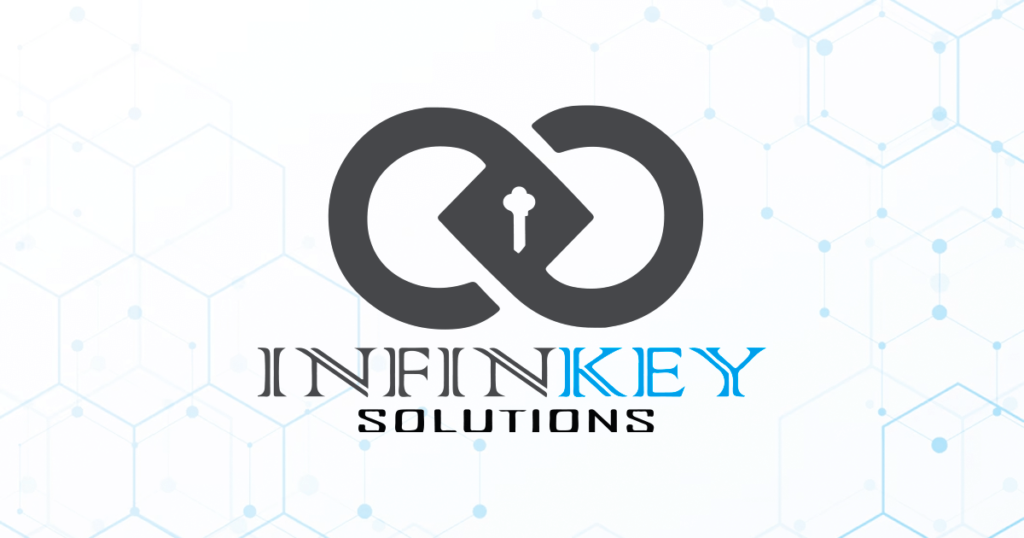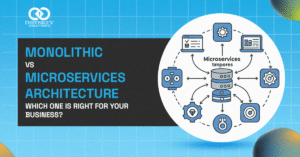Business Analysis and Agile Methodologies
In this discussion, we will explore the intersection of business analysis and Agile methodologies, focusing on how they complement each other to improve project outcomes.

Business analysis plays a crucial role in identifying business needs and proposing solutions, while Agile methodologies emphasize flexibility, collaboration, and iterative development. Together, they help organizations adapt to changing requirements and deliver value incrementally.
What is Business Analysis:
Business analysis is the practice of identifying business needs and recommending solutions that add value to stakeholders. It involves understanding an organization’s structure and policies, facilitating change, and proposing improvements. The solutions derived from business analysis can include software implementations, process enhancements, or organizational changes, all aimed at helping businesses achieve their strategic goals.
What is Agile Methodology:
Agile methodology is a flexible project management approach primarily used in software development that breaks projects into manageable phases, focusing on continuous collaboration and improvement. It follows an iterative process of planning, execution, and evaluation. Agile emphasizes individuals and interactions, working software, customer collaboration, and adaptability. This methodology encourages the incremental delivery of project components, allowing teams to respond to change effectively while maintaining close engagement with customers and stakeholders. How Agile is Your Team? Guide for Agile Teams and Methodologies 2025
Agile Business Analysis:
Agile business analysis is the practice of applying traditional business analysis techniques within an Agile environment. The focus here is on maximizing the business value of solutions through continuous inspection and adaptation, aligning closely with Agile principles. This approach emphasizes collaboration with stakeholders, flexibility in responding to change, and delivering incremental value. Agile business analysis ensures that business needs are effectively addressed throughout the project lifecycle, with a strong emphasis on adaptability and continuous improvement in processes and solutions.
Agile Business Analyst:
An Agile Business Analyst is a professional who applies Agile principles and practices to the business analysis process, concentrating on delivering maximum business value through effective collaboration and communication.
Roles and Responsibilities of Agile Business Analyst:
Here are the five most important roles of an Agile Business Analyst:
Recognizing Business Needs:
The Agile Business Analyst collaborates closely with stakeholders to identify their requirements and objectives. By facilitating discussions and gathering insights, the BA translates these needs into actionable user stories that guide development, ensuring that the final product aligns with stakeholder expectations.
Analyzing the Business Domain:
An effective Agile BA must thoroughly understand the business landscape in which the project operates. This involves analyzing existing processes, identifying challenges, and recognizing opportunities. By comprehensively assessing the business domain, the BA helps the team focus on the right market segments and ensures that solutions are relevant and valuable.
Stocking and Grooming the Product Backlog:
The BA plays a key role in creating and maintaining a well-organized product backlog. This includes collaborating with the product owner to establish user stories that clearly define features and functionality. Regular backlog refinement ensures that priorities reflect current business needs and that the backlog is ready for upcoming sprints.
Helping the Team Understand the Big Picture:
The Agile Business Analyst ensures that the team understands the overall project vision and how their work contributes to it. By communicating customer requirements and business goals, the BA helps prioritize tasks and guides the team in delivering features that meet customer expectations and enhance product value.
Business Advisor:
Acting as a trusted advisor, the Agile BA provides valuable insights and recommendations based on their understanding of the business objectives. They analyze requirements, offer strategic guidance, and ensure that the development efforts align with the organization’s goals, contributing to successful project outcomes.
5 Benefits of Agile Methodology for Business Analysis
Improved Collaboration:
Agile emphasizes regular communication among teams and stakeholders, which fosters a culture of transparency and shared understanding. Daily stand-ups, sprint reviews, and retrospectives create opportunities for feedback and ensure everyone is aligned with the project’s goals. This collaborative environment helps build trust and encourages team members to share insights and ideas freely.
Increased Flexibility
One of the core principles of Agile is its adaptability to changing requirements. Unlike traditional methodologies that follow a rigid plan, Agile allows teams to pivot quickly based on new information or shifting business priorities. This flexibility enables organizations to respond effectively to market changes and customer feedback, ensuring that the final product meets current demands
Faster Delivery:
The agile iterative approach allows for the delivery of functional increments of a product in shorter time frames. By breaking projects into smaller, manageable chunks, teams can produce usable features more frequently. This not only accelerates project timelines but also allows for early user testing and validation, leading to a more efficient development process overall.
Improved Quality:
Continuous feedback loops and frequent testing are integral to the Agile methodology. By incorporating quality assurance at every stage of development, teams can identify and address issues early in the process. This proactive approach minimizes the risk of major defects later on and ensures that the final product meets high-quality standards, reducing the likelihood of costly rework.
Customer Satisfaction:
Agile places a strong emphasis on customer collaboration throughout the development cycle. Regular interactions with customers and stakeholders ensure that their needs and preferences are incorporated into the solution. By prioritizing customer feedback and involving them in the process, organizations can create products that not only meet but exceed customer expectations, resulting in higher satisfaction and loyalty.
These benefits collectively contribute to a more efficient, responsive, and customer-centric business analysis process, ultimately driving better outcomes for projects and organizations.
Conclusion:
In summary, combining business analysis with Agile methodologies creates a strong framework that improves teamwork, flexibility, and efficiency. Agile encourages open communication, allowing teams to collaborate closely and consider different viewpoints in decision-making. This teamwork builds trust and helps organizations quickly adapt to changing market conditions and customer needs. The iterative nature of Agile allows for frequent delivery of valuable features, which supports early testing and leads to better quality outcomes. Overall, this approach drives innovation and fosters a culture of adaptability, helping organizations achieve lasting growth and success in a fast-changing business environment.

To leverage these benefits for your organization, consider implementing Agile Business Analysis practices. Explore our advanced training programs to equip your team with the necessary skills and knowledge. Contact us today for a consultation on how to integrate these powerful methodologies into your projects and achieve measurable results.






